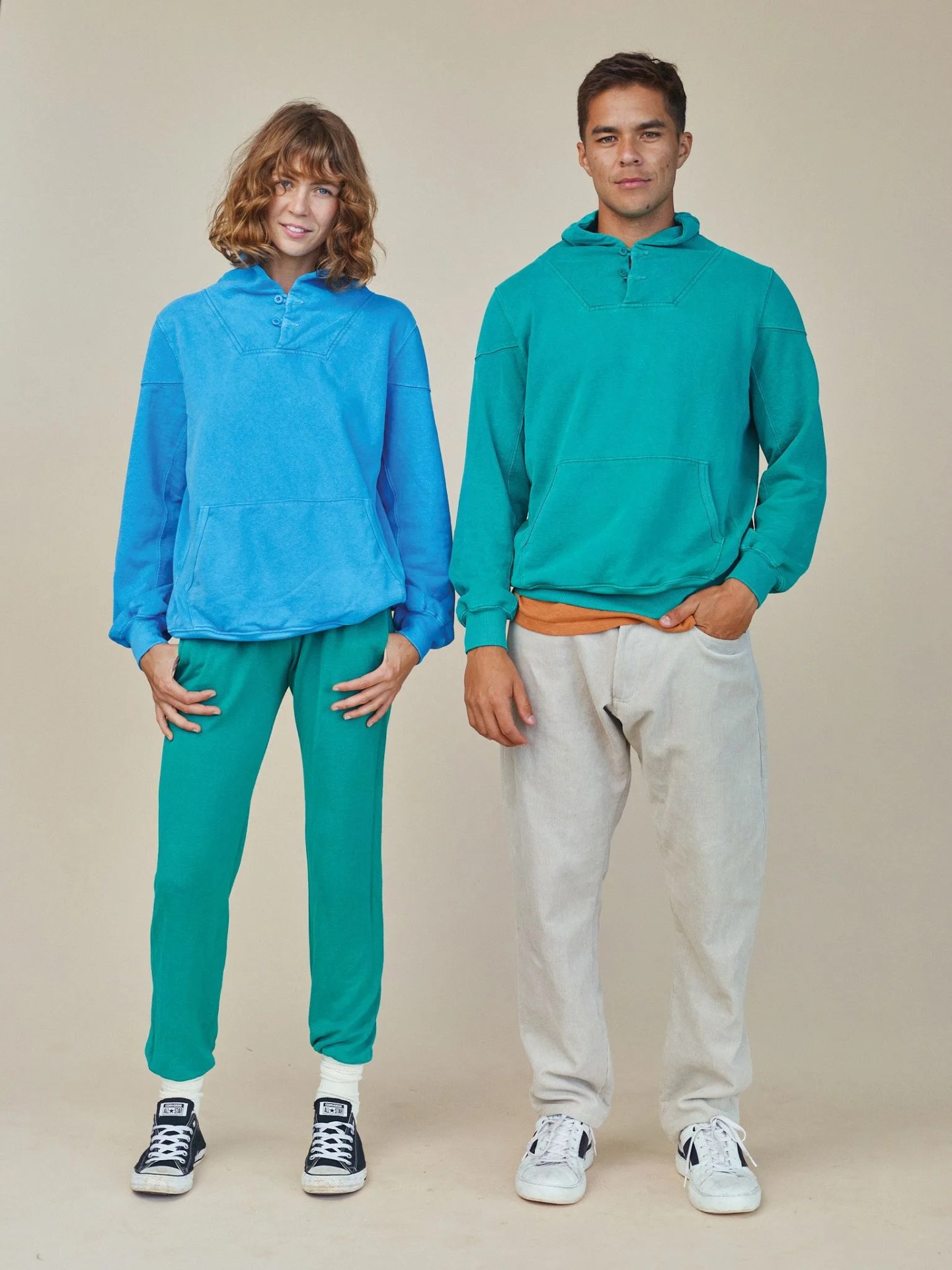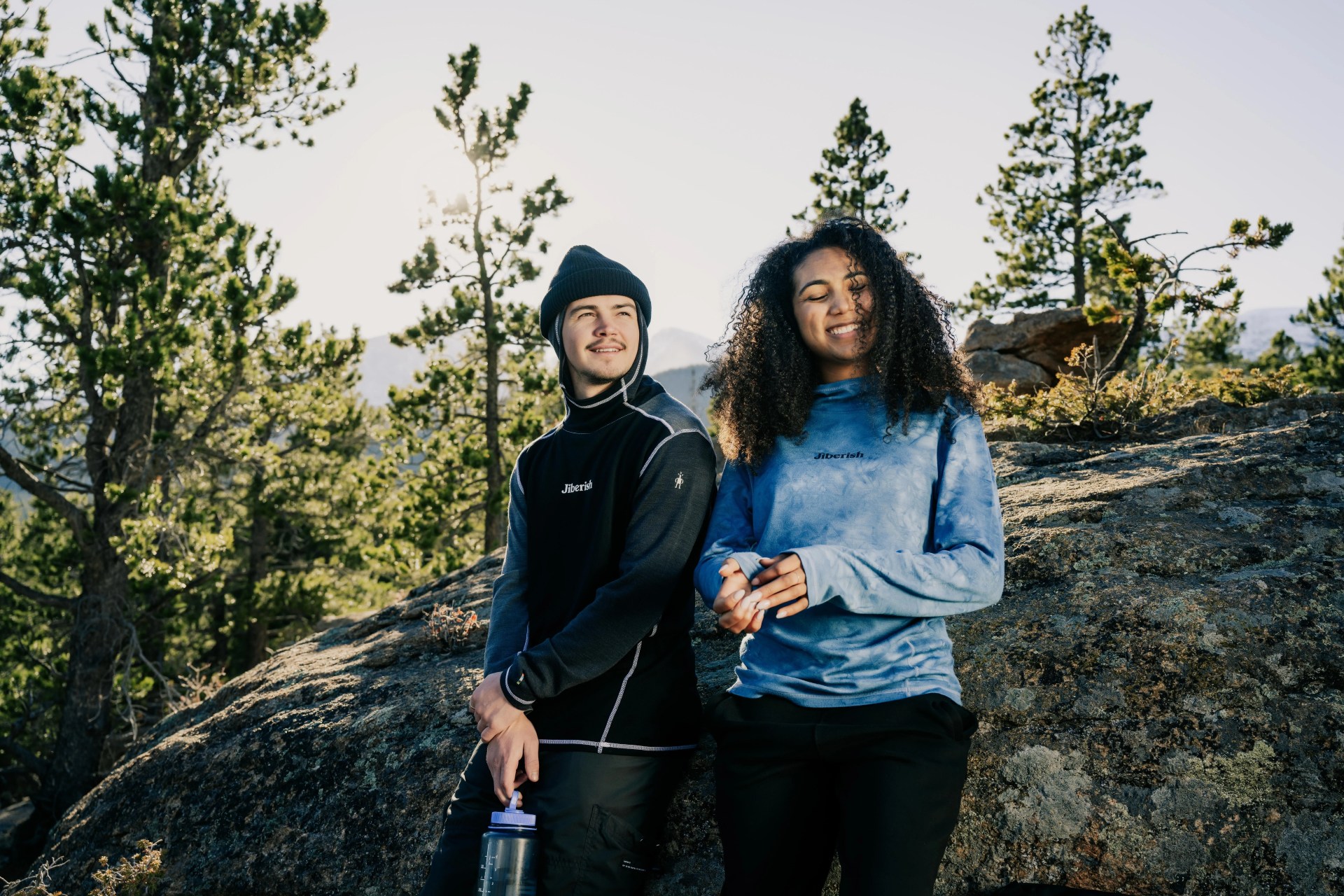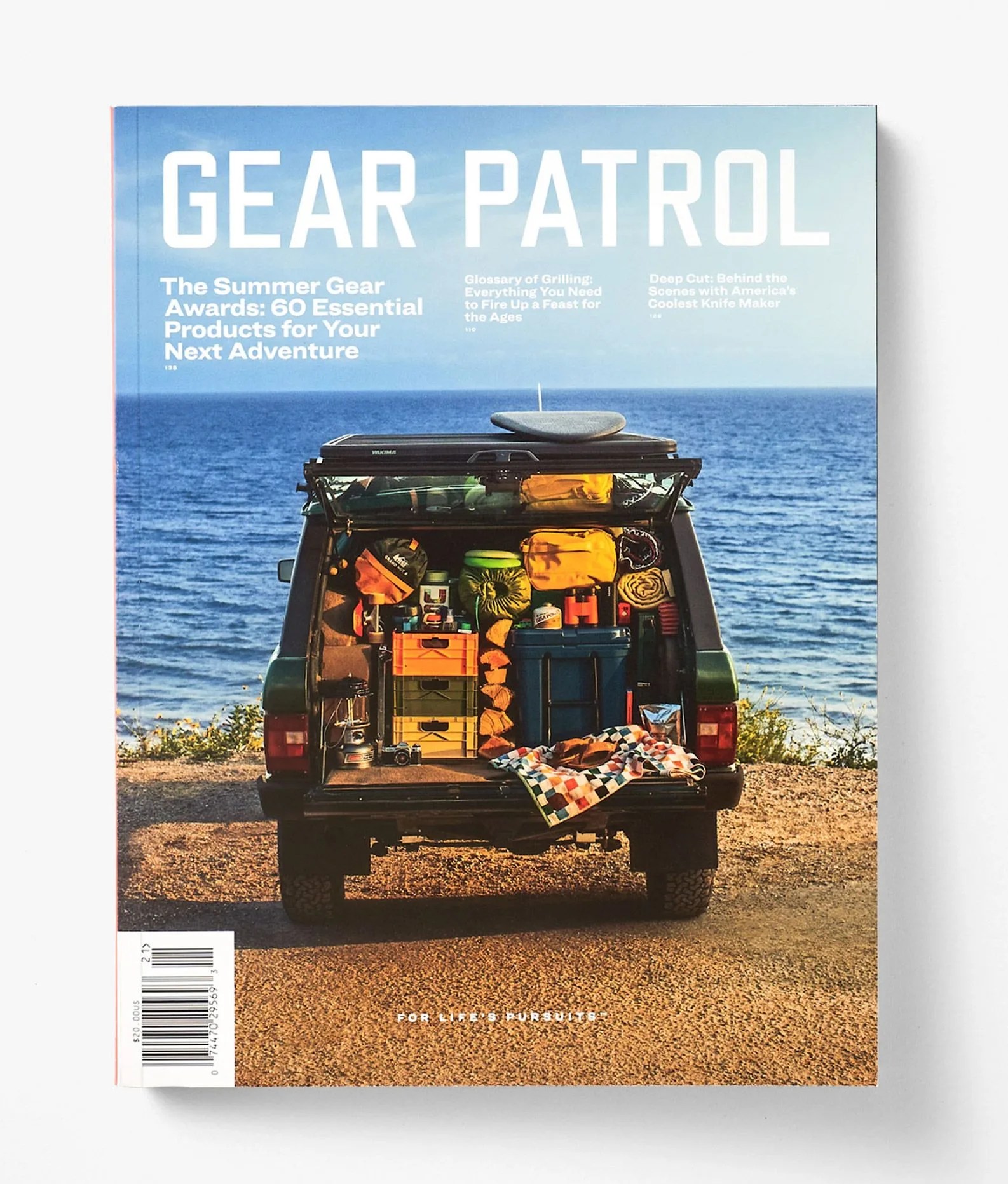When you’re shopping for apparel and gear, how often do you search by gender? It’s a convenient binary to organize products under: men shop these products, women shop those. Most of us fit under these categories in a way that feels natural, so we overlook the inherent structure. In recent years, we’ve seen an intentional effort from the outdoor industry to create more inclusive, less gendered garments. These pieces aren’t overtly masculine or feminine. Instead, they speak to the growing desire for clothing that doesn’t fit a certain mold, expressing a more nuanced and fluid sartorial (and functional) bent.
It’s not restricted to outdoor trappings, of course: genderless clothing has been catching on with fitness brands like Girlfriend Collective and loads of fashion labels, as well. As we humans continue to open it up and break down barriers, some of our favorite brands are doing so, too.
Sartorial history can be nebulous, but one could argue unisex clothing in the U.S. dates back to 1851, when Elizabeth Smith Miller designed the first predecessor to a full pant for women. Before then, women could wear pants-like clothing if they were doing manual work or chores around the house, but never in public.
Almost two centuries later, we’ve seen cycles of fashion where “acceptable” clothing for either gender goes in and out of vogue. Pants, skirts, shoulder pads … you can probably recall some items from your own life that have been at times “okay” for men to wear — and other times when they raised judgmental eyebrows.
“Getting the fit right can be hard.It’s worth it, though. Unisex is the future and it’s only going to continue.”
In the early ’90s, long after women stepped out in trousers and broke the mold, Robert Jungmann launched a clothing line with the intention to put hemp in the spotlight — in a positive fashion. (This was during the War on Drugs era, making it a rather subversive move.) As Jungmann was developing his brand, which would evolve into the sustainability-focused, outdoors-oriented Jungmaven of today, he was balancing both the needs of a fledgling business and his personal ideals.






